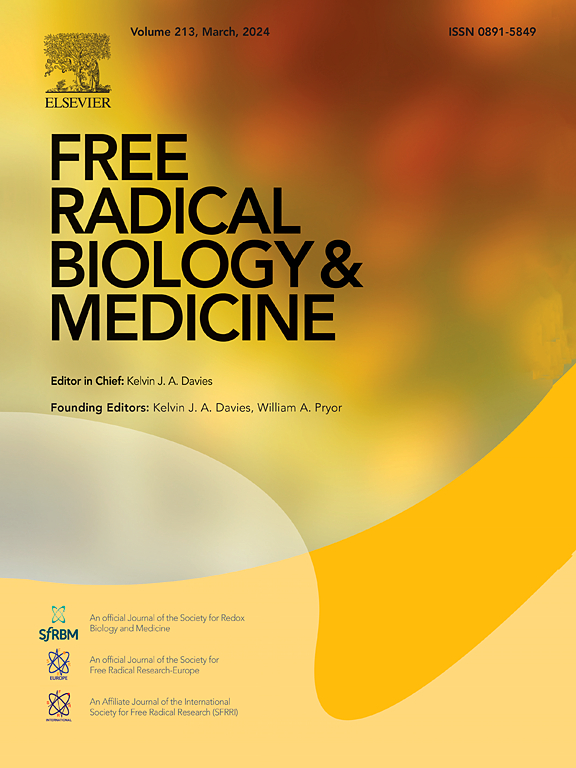STING immune activation of microglia aggravating neurovascular unit damage in diabetic retinopathy
IF 7.1
2区 生物学
Q1 BIOCHEMISTRY & MOLECULAR BIOLOGY
引用次数: 0
Abstract
Diabetic retinopathy (DR) is the leading cause of blindness and is pathologically characterized by neuroinflammation and neovascularization. Retinal homeostasis is critically maintained by the retinal neurovascular unit (NVU), which can be disrupted by abnormal activation of microglia in DR. However, the underlying mechanism remains unclear. Here, we provide the first evidence of upregulated stimulator of interferon genes (STING) in microglia within fibrovascular membranes (FVMs) and retinas from oxygen-induced retinopathy (OIR) and streptozotocin (STZ)-induced diabetic mice. Furthermore, we identified STING upregulation in BV2 cells stimulated with high glucose (HG) or hypoxia, accompanied by mitochondrial dysfunction and cytoplasmic leakage of damaged mitochondrial DNA (mtDNA). Pharmacologic or genetic inhibition of STING in microglia prevented their activation and polarization. Next, we demonstrated that STING-deficient BV2 cells reversed the proangiogenic behavior of endothelial cells and protected retinal ganglion cells (RGCs) from oxidative stress. Finally, intravitreal injection of AAV-STING alleviated retinal neurovascular pathologies in both OIR and STZ mice. This study demonstrated that the release of mtDNA mediates STING immune activation of microglia, which further exacerbates NVU damage in DR. In contrast, immunosuppressing STING in microglia could serve as a potential therapeutic strategy.

求助全文
约1分钟内获得全文
求助全文
来源期刊

Free Radical Biology and Medicine
医学-内分泌学与代谢
CiteScore
14.00
自引率
4.10%
发文量
850
审稿时长
22 days
期刊介绍:
Free Radical Biology and Medicine is a leading journal in the field of redox biology, which is the study of the role of reactive oxygen species (ROS) and other oxidizing agents in biological systems. The journal serves as a premier forum for publishing innovative and groundbreaking research that explores the redox biology of health and disease, covering a wide range of topics and disciplines. Free Radical Biology and Medicine also commissions Special Issues that highlight recent advances in both basic and clinical research, with a particular emphasis on the mechanisms underlying altered metabolism and redox signaling. These Special Issues aim to provide a focused platform for the latest research in the field, fostering collaboration and knowledge exchange among researchers and clinicians.
 求助内容:
求助内容: 应助结果提醒方式:
应助结果提醒方式:


